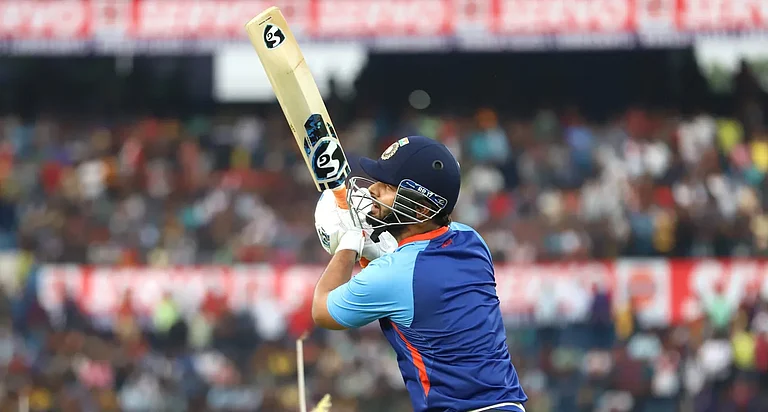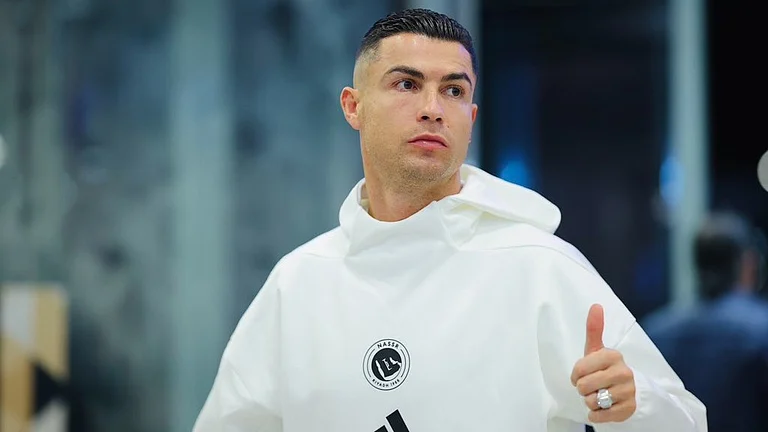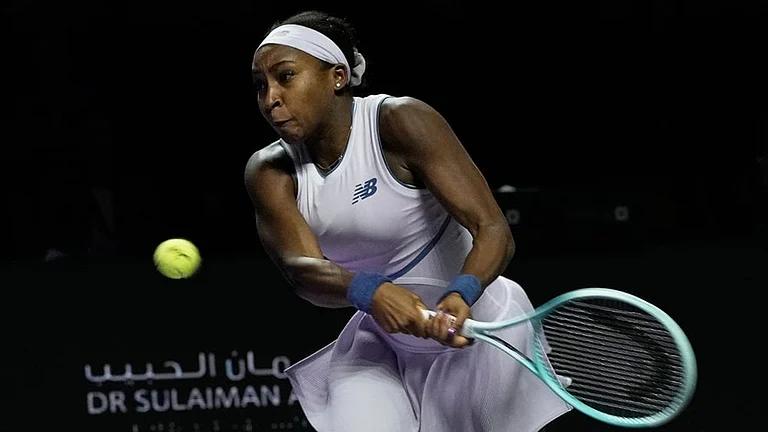So, flying high, mellow, feeling good, hmm. By the time I looked at that darned old daddy on the wall, it was ten o’ clock. Johnny Lee Hooker would’ve ordered his next round, the usual complement ...sedating himself to forget the girl (always the girl), willing his own amnesia.
Journalists don’t have to try as hard. The news ticker has no memory. It lives like a caterpillar: moving on to the next mouthful of juicy goo constitutes its sole dharma. The interior of a newsroom can be a para-real world. Words, words, zooming at you in such an endless stream of locution that they sometimes lose all meaning and clarity. An excess of words everywhere. Words on the table, some spilt on the floor, words yet to be born, others dead cold in the trashcan. Some of them get committed to print, enjoying a brief life in the sun, part of the normal order of things. You toy absentmindedly with them at the dentist’s waiting room, at the railway station. Next day, your chicken roll from the cornershop comes wrapped in your own headline. Or they’re consigned to the deathly silence of the microfilm archive. And five years on, kids will ask: Mitrokhin, who?
And yet, when that dull gong goes off—one decade, a perfect 10—you reflexively look back, washing everything over in the cold light of retrospection. That first headline in the first issue, groaning under the weight of its pun: When Errors Reign, Kalashnikovs Bloom. The aeons spent in editorial trenches, legs on the table, head hunched over, hooked to the furniture like some decantation equipment. Those manic Friday afternoons when ringing phones were simply put off the hook. This was the time for the bass solo, you could hear the pinholes burn. Did someone call journalism literature in a hurry? This must have been OuLiPo on speed. Instant exegesis. Summary trial. Shoot at sight. In the process, something amoebic floated into view and, slowly, took flesh and blood—like a photo being born, swirling around in magic dark room waters. Something must have made sense about the whole enterprise.
Let’s begin before the beginning. In autumn 1994, just a year shy of Outlook’s launch, a Fulbright scholar from America was scaring the living daylights out of some chief sub-editors assembled at a workshop in Bangalore. He was researching the city’s emergence as a techno hub, midwifing the revolution, so to speak. The session was titled, cheesily enough, ‘The Chief Sub of the Future’. Our techno prophet had dire views on the matter. "You all are dead meat. Finito. Print is history, you see. I already get all my news on my PC. If you want to survive, you have to adapt—become technology managers or something," he said, fixing blue Teutonic eyes on his cowering audience. None of us had a clue what he was going on about. (www was still a hazy blob back then, and Google was not even in the test tube.) I remember being the lone one to protest, mumbling something about the feel of paper being a cultural thing, but was laughed out of the room along with the rest. As five of us trooped dejectedly down a spiralling stairway, perversely, a dog, cooling off on a landing, started walking ahead of us, some stark inversion of the story of the five brothers ascending to heaven. The quietest of us all, a middle-aged gent from the Deccan Chronicle, pointed gloomily and said: "There goes the chief sub of the future."
Well, prophet, what do you know. The news dotcom crested and troughed faster than you could say Y2K. Those that survive are mostly parasitic on the mainstream. And what a jet of ink that is proving to be. They’re still launching dailies, some so thick as to keep you busy from Virar to Churchgate and back. Old dowagers, dusted down, now come as slim as an iPod and are advertised as fashion accessories. Everyone’s breaching enemy citadels, Times is everywhere, HT’s in Bombay, even the Pioneer is in Kochi.Then the glossies, the dime rags, the traffic-light tabloids, the golf supplements. And the undefinables like Tehelka, which discovered for all of us an important organic link between erotica and agitprop. Phew. (The chief sub-editor, meanwhile, has aggrandised himself, not a few of them are even in editor’s disguise.)

Of course, in between, television news happened. Barkha Dutt in the bunker. The news at 9, in electric blue, delivered with tabla rolls. This is Everyboy, reporting from Anantnag, growing up even as you watch, look at me mama. If you disagree, press the red button. If you don’t can’t really but then meanwhile however, press amber. It was in the backdrop of this din of new-borns, this deadening seduction, that Outlook cranked out its formula. Irreverent, flashy, provocative, often risque. It clicked. Like a velvet revolution. Occasionally, we were the victim of our own success, stricken by a staleness of habit if not an outright paralysis of ideas. But even on that long plateau, it was kind of shot through with panache, informality and a presumed fondness for the southpaw—all delivered with an upper-middle-brow twang. It swam.
The strain of competing with television—an imaginary competition, actually—too was to leave its marks on us, as on every other publication. The visual component—defined as non-text, as if the reader took in the text intravenously—gained the salience it had always deserved all across the print media. It was a first-order, perhaps shallow, but necessary response to television. (Now, why didn’t someone think of audio: ‘Let’s up the treble on the bottom left of that page.’) The photograph, the humble daguerreotype of the 19th century, was reborn in the age of Photoshop. Whether by Intelligent Design, or the accidents of unencumbered free will, what were treated as mere pieces of corroborative evidence by editors earlier now became urgent business, a sine qua non. Print, even in gentler times, always recognised the photograph as a powerful, expressive tool—offering a rich reflective space all its own. The S. Pauls and Raghu Rais graced that age. Now, the pressure of fleeting images demanded a surplus of response.
Concurrently, a bogus theory started infecting the air. An idea born out of defeatism: that you, dear reader, do not read. You have no time, in fact. Nor the inclination. That people actually buy magazines so as not to read them. We also celebrate the 10th year of self-doubt. With such fundamental questions still up in the air, such non-sequiturs cluttering our heads. TV or print? Picture or word? Of the best, rudest food we had in our neighbourhood, there was this Hot Kolkata Rolls stall. A boy from Jharkhand. Order a double, and expert fingers would go to work. A spread, a sizzle, a flip, a mid-air pirouette and—voila—he’d have solved the chicken-and-egg question in a warm, tangy, juicy, very edible squeeze of both, wrapped in yesterday’s headlines. God grant us all his lucidity.























